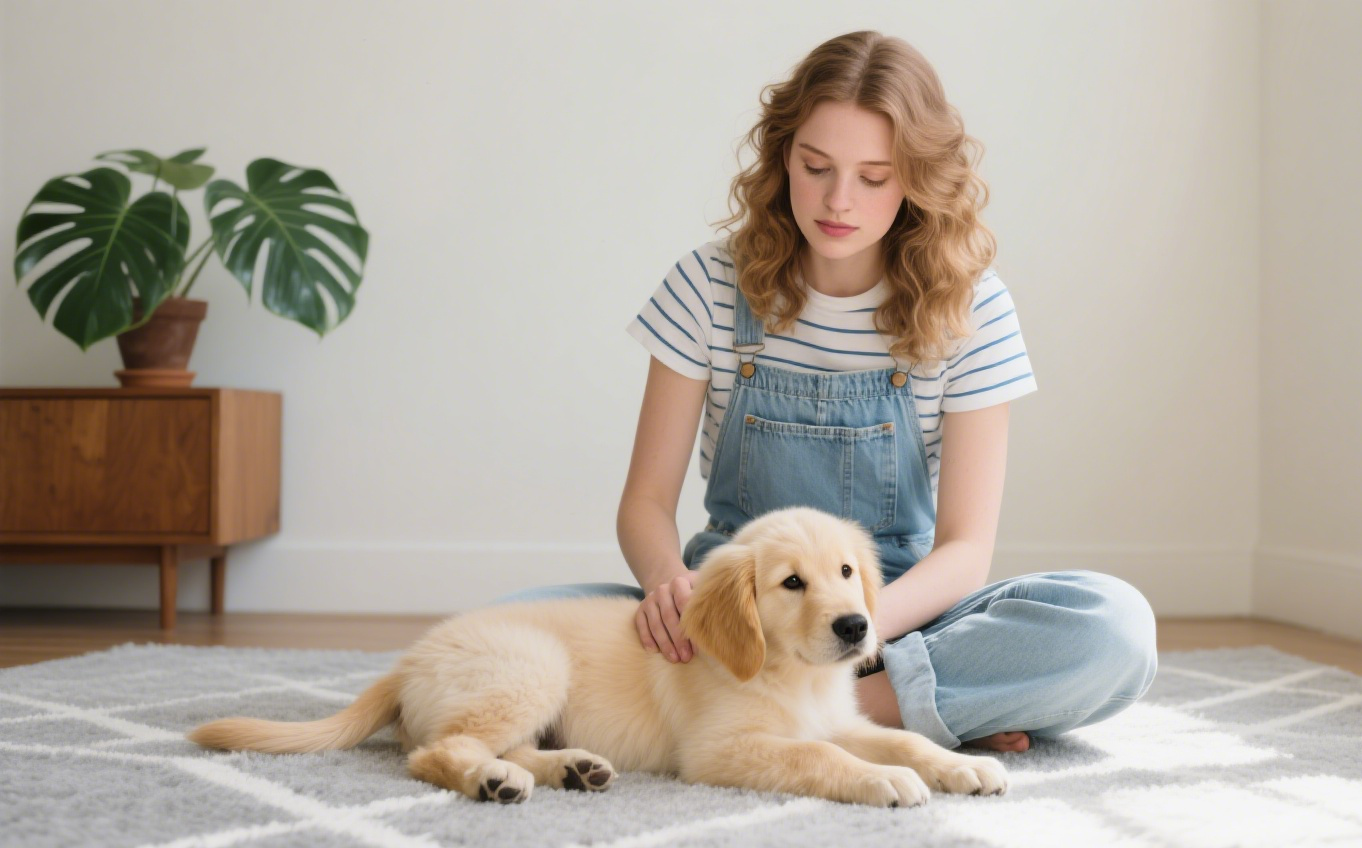MY Dog-Ethan
Last month, Ethan wouldn’t stop scratching his ears and paws. At first, I thought it was fleas, but the vet explained it was likely food allergies. Many dog parents face the same situation — constant itching, tummy troubles, or sudden ear infections. Allergies can make our pups miserable, and it’s stressful when we don’t know what’s wrong. This article shares the most common questions dog parents ask about food allergies, with answers that are simple, vet-approved, and based on my real experience with Ethan.

Frequently Asked Questions
Short answer: Most nonstop scratching is allergy-related — food proteins (chicken, beef, dairy) are common triggers. A limited ingredient diet helps isolate the culprit.
Details: First ask your vet to rule out fleas/mites and ear or skin infections. Then run a controlled food trial with one protein + one carb; avoid flavored treats and scraps so results are clean. Track itch intensity, ear odor, hot spots, and stools daily so you can see if symptoms drop within 2–3 weeks. Supportive care (medicated baths, short anti-itch meds) can break the scratch cycle while the diet settles. If signs are seasonal or mixed, combine simple diet, regular ear care, clean bedding, and consistent routines. Helpful overview: AKC on dog allergies.
Short answer: Yes — sudden diet changes, rich/fatty foods, or intolerances often trigger loose stools. Transition slowly to a gentle, gut-friendly formula.
Details: Mix new food into the old over 7–10 days; pause table scraps and new treats. Many pups stabilize with a “sensitive stomach” approach from our guide; a canine probiotic can help the microbiome during transitions. Call your vet if there’s blood, lethargy, vomiting, or diarrhea beyond 48 hours. Keep a simple log (amounts, timing, stool notes) to spot patterns. If issues repeat despite slow changes, ask about parasites, pancreatic causes, or a novel/hydrolyzed diet trial.
Short answer: Itching, paw licking/chewing, recurrent ear infections, soft stools/diarrhea, vomiting — often two or more at once.
Details: Because food allergies show up as skin + ear + GI signs, keep photo notes of rashes/ear debris and when flares occur. If you see clusters of signs outside of pollen seasons, food is more suspect. Start with simplified diets from our Dog Food for Allergies Hub and review with your vet. Environmental allergies can overlap, so pair diet work with routine baths, paw wipes, and flea control. More background from vets: VCA Hospitals.
Short answer: Not necessarily — most allergies target proteins, not grains. Novel proteins or streamlined recipes usually matter more.
Details: If chicken or beef is the trigger, dropping grains won’t help. Try a new protein (fish, lamb, duck) and keep the ingredient list short. Transition over a week, hold treats steady, and watch for 2–6 weeks. If no progress, ask your vet about hydrolyzed diets that lower immune reactions. Focus on what your dog tolerates consistently, not labels alone. For fish-forward ideas, see our salmon dog food picks.
Short answer: Single-protein, limited-ingredient diets with omega-3s often soothe itchy skin.
Details: In many pups, lowering ingredient complexity plus adding marine omega-3s reduces inflammation and supports the skin barrier. Browse balanced LID options in our limited ingredient guide. Regular gentle baths, clean bedding, and paw wipes help external triggers while the diet takes effect (expect 4–8 weeks for coat changes). If hot spots or ear infections persist, your vet can add short-term anti-itch therapy while you refine food.
Short answer: Use a vet-guided elimination diet for 6–8 weeks, then reintroduce one ingredient at a time.
Details: Feed a single novel protein + carb (or a prescription hydrolyzed diet) exclusively — no flavored meds or extras. Log daily itch, ears, and stools. If signs improve, challenge with one ingredient to confirm a trigger. If little changes after a clean trial, your vet may switch proteins, treat secondary infections, or investigate environmental allergies. Step-by-step overview in our Allergies Hub and additional detail from PetMD.
Short answer: Yes — choose allergy-friendly formulas specifically balanced for growth and transition slowly.
Details: Verify life-stage adequacy (growth statement) and keep the ingredient list clear so you can monitor tolerance without compromising nutrients like protein quality, calcium, and DHA. Novel proteins (e.g., salmon, lamb) can help when common proteins cause issues. Shift over 7–10 days and keep treats minimal during assessment. Our puppy food guides list gentle options and what to watch in stools, coat, and energy; schedule vet check-ins to confirm weight and development stay on track.

My Solution (What Worked for Us)
When Ethan’s scratching spiked, we simplified everything. The biggest breakthrough came from switching to a salmon-based limited ingredient diet and staying consistent for several weeks. Among the foods we tested, Blue Buffalo Basics was gentle on his stomach, and adding a daily probiotic steadied his stools. Every dog is different, but for Ethan, fewer variables + patient tracking = real relief.
END
Allergies can feel like guesswork, but you’re not alone. Most progress comes from simple, methodical steps: keep food streamlined, transition slowly, track signs, and partner with your vet. Don’t be discouraged if the first option isn’t magic — many pups need a few tries to find the right protein and routine. Once you see steady skin and comfortable stools, lock that plan and resist frequent switches.
I’d love to hear what helped your pup — share in the comments or inside our FB group so other dog parents can learn from your experience. Together, we make allergy journeys shorter and gentler for our dogs.
If you don’t want to cook daily, check our dry food picks — those were Ethan’s daily backups.
Wrapping it up: if you’re stuck, start with gentle wet food, then move to steady dry picks.


